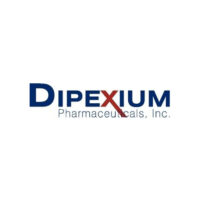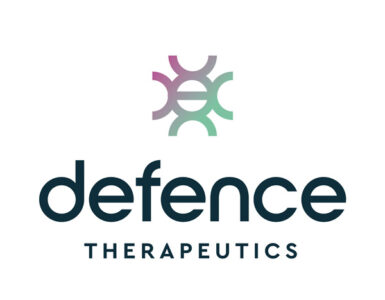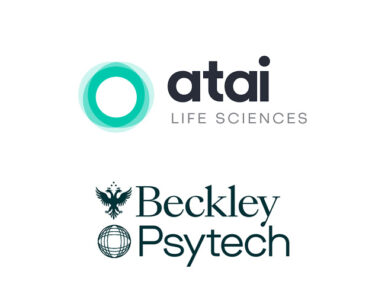
Dipexium Pharmaceuticals (NASDAQ:DPRX) and research collaborator, R. M. Alden Research Laboratory, presented data from two new Locilex microbiology studies at the American Society for Microbiology’s Microbe conference in Boston.
In the first poster presentation, researchers concluded that pexiganan, the active pharmaceutical ingredient in Locilex, demonstrated a high level of activity against a diverse group of aerobic and anaerobic organisms commonly found in animal bite wounds.
Pexiganan’s MIC90 values for each of the organism groups studied, including Pasteurella, which is known to be present in over 50% of all dog and cat bite infections, were below the concentration of pexiganan in Locilex’s topical cream formulation, indicating that Locilex should have the ability to inhibit these infecting organisms in animal bite infections amenable to treatment with a topical antimicrobial.
In the U.S., there are an estimated 4.9 million animal bites a year, leading to 300,000 emergency department visits and 10,000 hospitalizations that often require antimicrobial therapy.
In the second poster presentation, investigators concluded that pexiganan demonstrated potent in vitro activity against a broad spectrum of contemporary Gram-positive and Gram-negative anaerobic bacteria found in difficult-to-treat skin and skin structure infection samples from North America and Europe.
Pexiganan’s MIC90 values for each of the organism groups studied were again below the concentration of pexiganan in Locilex’s topical cream formulation, indicating that pexiganan in the current formulation should have the ability to inhibit most infecting organisms in superficial skin and wound infections amenable to treatment with a topical antimicrobial.
In a statement, Robert DeLuccia, executive chairman of Dipexium, said these new data corroborate previous data and confirm that pexiganan’s spectrum of activity covers not just common aerobic bacteria but also a wide variety of anaerobic organisms that may cause more serious wound infections.
“Since currently available topical antibiotics are not typically used to treat skin infections caused by anaerobic organisms, this could provide an important clinical advantage,” he added.






